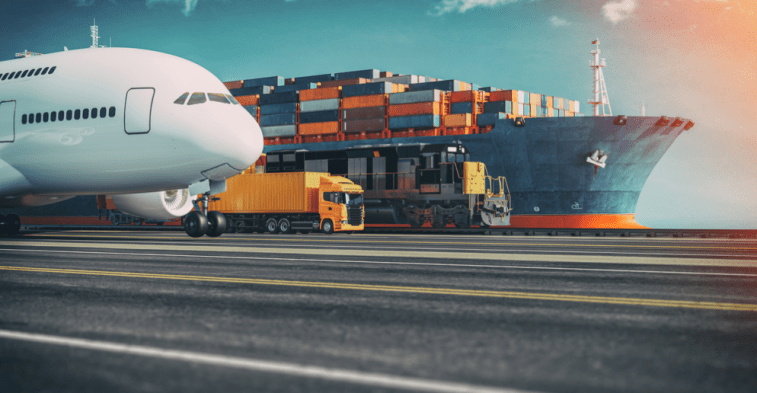Global Trade and Logistics: Adapting to Constantly Evolving Needs
Global trade managers have to deal with the complexities of multiple languages, time zones, currencies, taxes, and modes of transport. There are several laws governing global trade, and these are highly complex and ever-changing. So how do organizations manage these complexities and how can you get a competitive edge?
Current scenario
The complexity in global trade management exposes you to a lot of risks. While companies want to make the most profitable trades, it is important to balance counterparty and credit risk. Organizations must review and act on large volumes of regulatory information, which is often published on paper in varying formats and maintained in spreadsheets throughout the organization. Visibility into the entire trading value chain provides the key to making smarter, more profitable decisions. Raw materials and commodity businesses need accuracy int three key areas:
1. Flow of Information
Companies need a complete view of budgeted and actual trade-related P&L across contracts, shipments, invoices, and payments. They need to ensure documents are accurate and comply with business agreements and have a clear appraisal of all order edits, shipment changes, and related documentation.
2. Flow of goods
Companies need to track shipment and order related activities, manage all information related to the movement of the physical goods, and implement credit checks of all counterparties during contract negotiations, shipment, and invoicing.
3. Flow of cash
Good cash flow management is essential to profitable trading. Companies must diligently record the flow of letters of credit from creation to final presentment and record and track loans. They must manage resolution flows among multiple trading partners.
A Comprehensive and Modern Solution
Traditionally, global trading organizations spend most of their time and resources manually screening shipments and updating them. The solution should ensure that the process is automated, enabling organizations to screen their shipments more often, more efficiently, and more accurately, ensuring the actual shipment status is reported to the required parties.
In addition, companies should be able to track and trace shipments from origin to destination and boost operational efficiencies. They are aware of delays and deviations and can overcome shipment delays. By comparing costs and charges, companies can determine the best voyage strategies.
These challenges are difficult to master without a comprehensive solution that is simple but has the capability to manage numerous complex global trade activities and is designed to save time and effort, enabling companies to focus on core work. A modern solution that would streamline the entire lifecycle of the supply chain – automating manual processes would help reduce the cost, time, and risks in quantifiable and auditable ways.





Leave a Reply